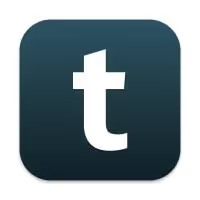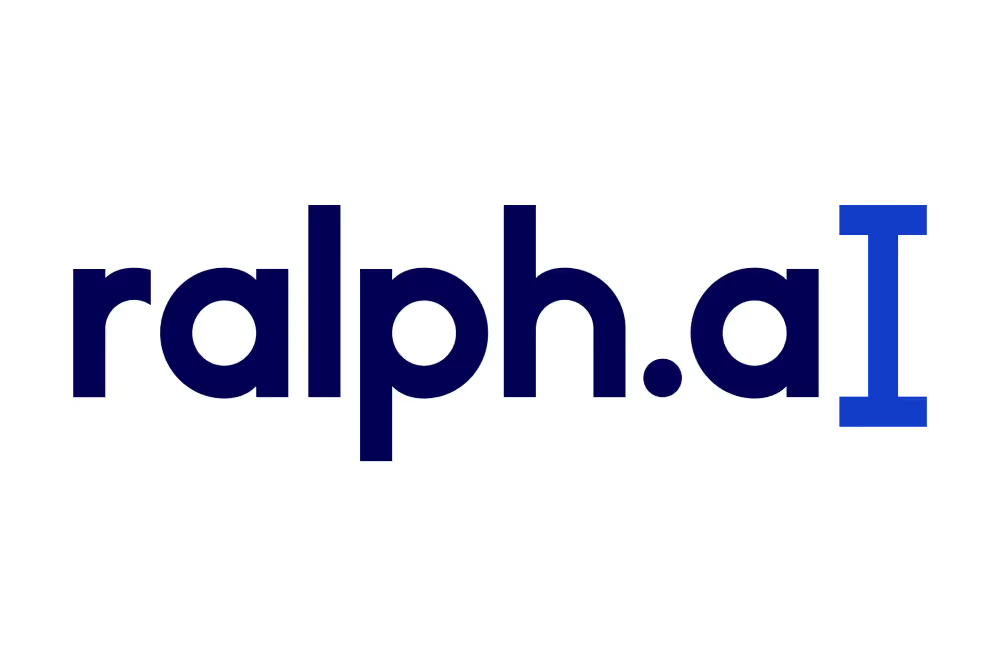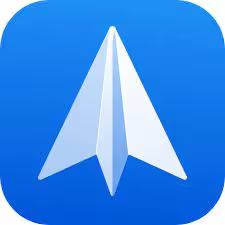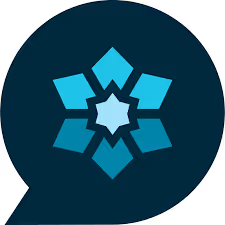AI copywriting is software that generates written content quickly using artificial intelligence to save time and improve creativity.
What can AI copywriting do?
It can write ads, emails, blog posts, social media content, and product descriptions with minimal effort from users.
How does AI copywriting work?
It uses AI models trained on large text data to understand context and produce relevant, human-like text.
Is AI copywriting easy to set up?
Yes, most tools are user-friendly and require just a few steps to start generating content immediately.
Some offer free trials or limited versions, but full features usually require a paid subscription.
What is the common AI copywriting pricing?
Prices typically range from $20 to $100+ monthly, depending on features and usage limits.
What are the types of AI copywriting?
Types include ad copy generators, blog writers, email copy tools, and social media content creators.
Does AI copywriting work with email?
Yes, it can create persuasive and personalized email content for marketing and communication.
What are the best AI copywriting tools?
Popular tools include Jasper, Copy.ai, Writesonic, and Rytr, known for quality and ease of use.
What are common AI copywriting integrations?
They often integrate with CMS, email platforms, social media schedulers, and marketing automation tools.

















































